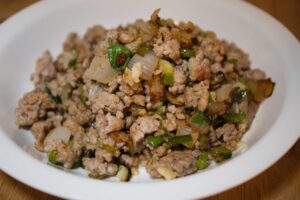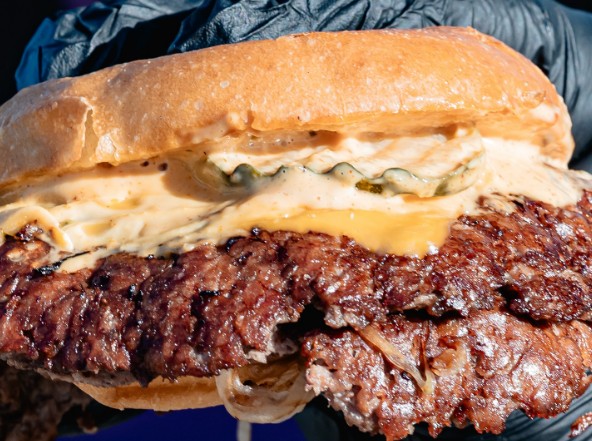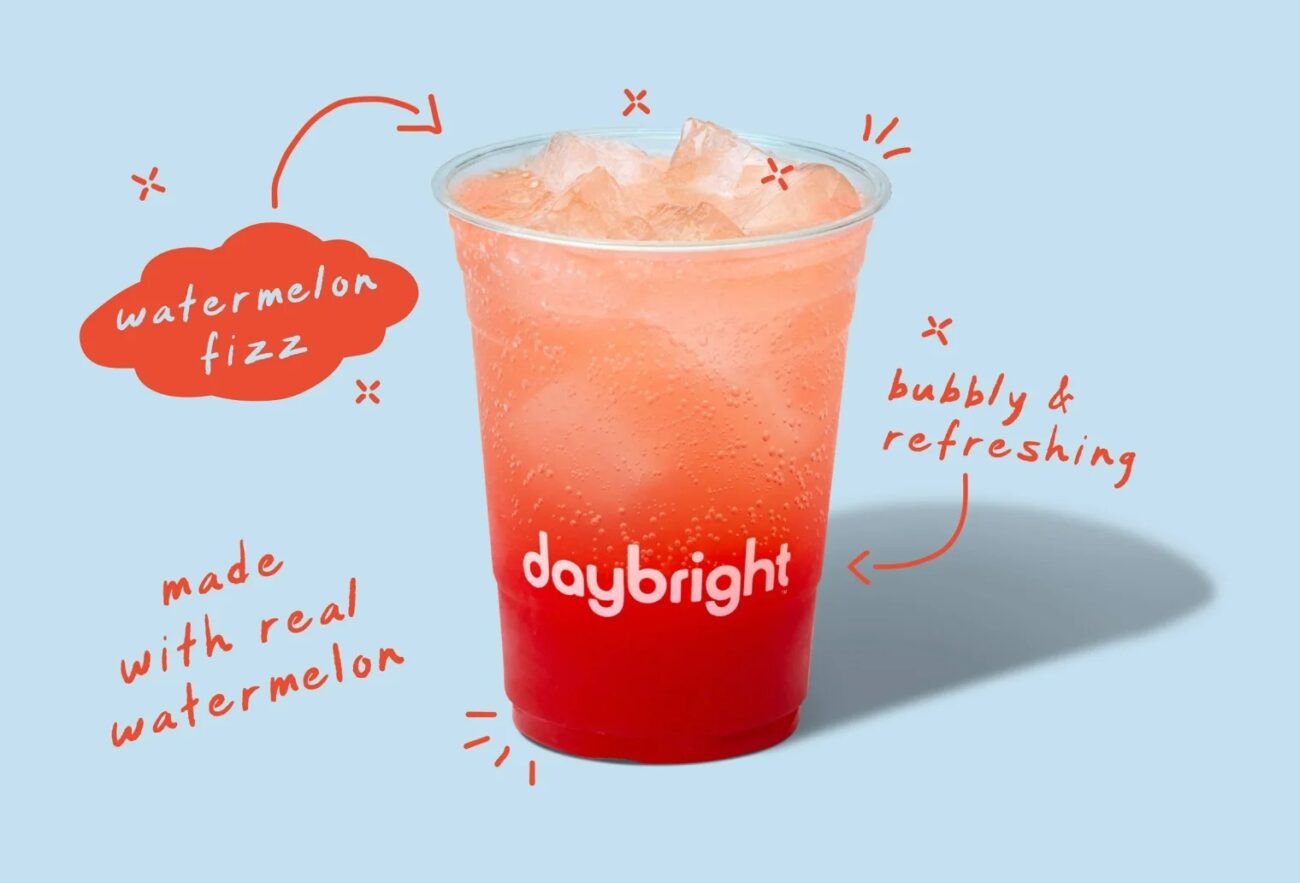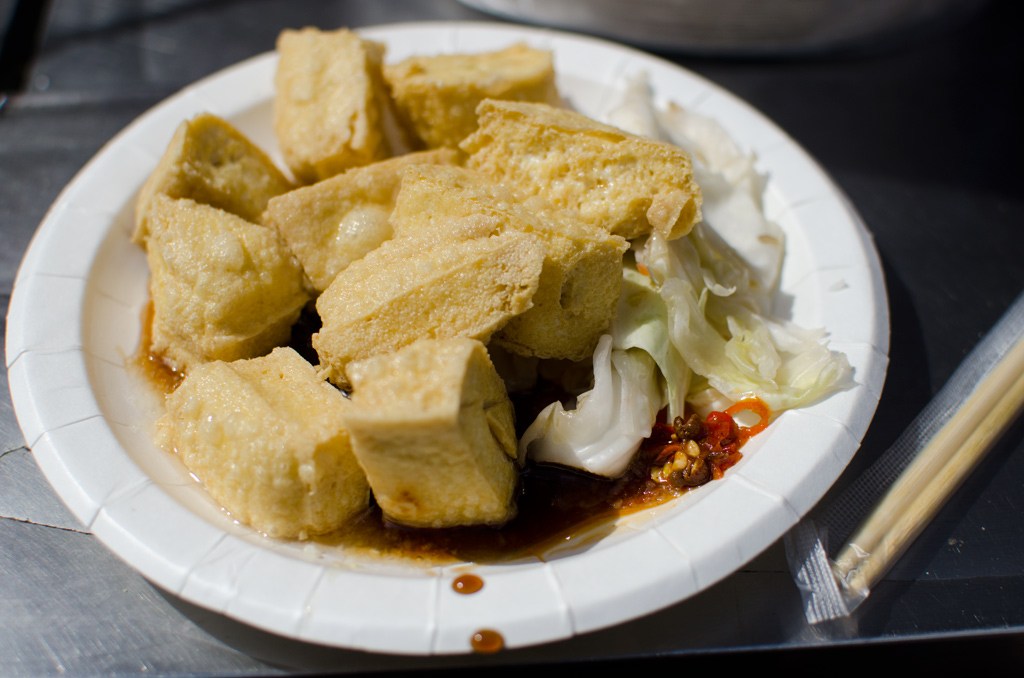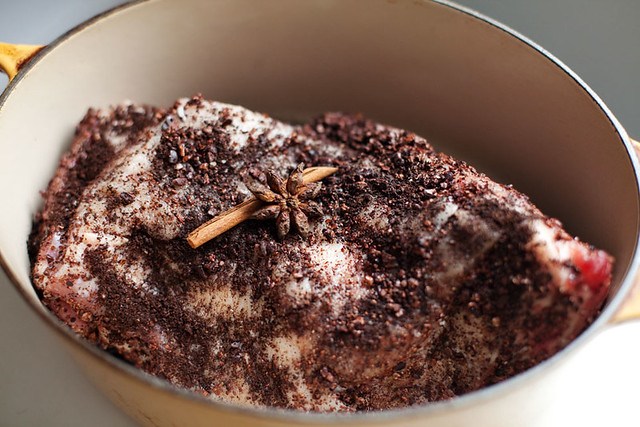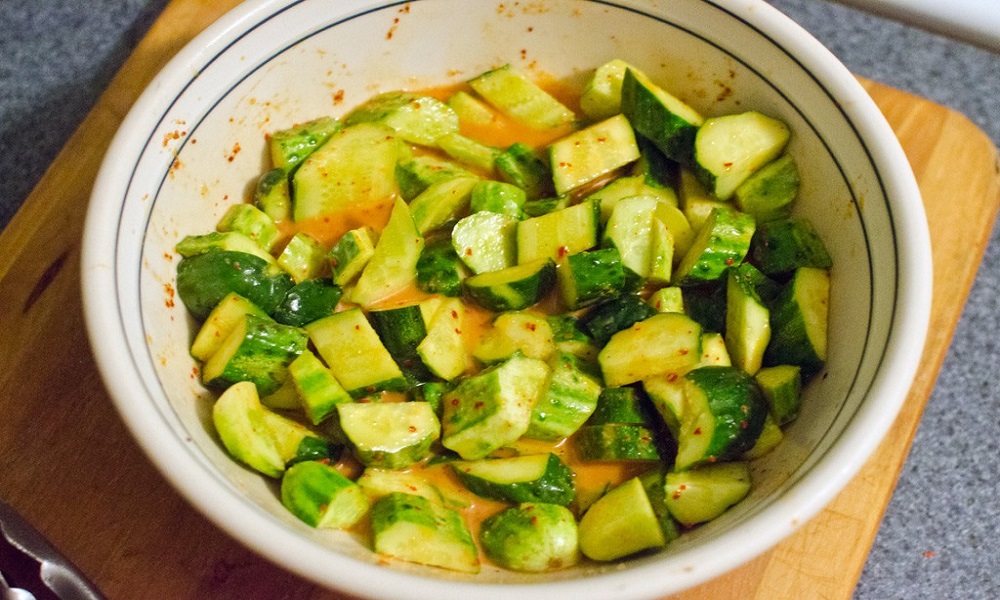For wine lovers and casual drinkers alike, understanding the difference between dry and sweet wines is crucial. The primary factor distinguishing these wines lies in their residual sugar content, the sugar remaining after fermentation.
Defining Residual Sugar
Residual sugar is the unfermented sugar left in wine after the fermentation process is complete. Winemakers may halt fermentation through cooling, filtration, or adding sulphur or alcohol. Even “bone dry” wines contain some sugar, as yeast rarely ferments all sugars.
The Austrian Wine Law, using the Klosterneuburger Mostwaage (KMW) scale, specifies these limits:
- Dry: Up to 4 g/l, or 9 g/l with acidity adjustments.
- Medium Dry: Up to 12 g/l, or 18 g/l with acidity adjustments.
- Lovely: Up to 45 g/l
- Sweet: From 45 g/l
Common Wine Varieties
Certain grapes are commonly associated with dry wines, but they can also be made in sweeter styles. Bottles usually indicate the taste profile:
- Dry White Wines: Riesling, Sylvaner/Silvaner, Grüner Veltliner, Grauburgunder, Weissburgunder, Chardonnay, Sauvignon Blanc.
- Dry Red Wines: Pinot Noir, Merlot, Cabernet Sauvignon, Syrah, Sangiovese, Nebbiolo.
Alcohol Content as an Indicator
Alcohol content can hint at sweetness. Dry wines often range between 12% and 14% ABV. Higher alcohol content, often in warmer climates, may suggest riper, sweeter grapes.
Role of Acidity
Acidity affects the perception of sweetness. High acidity can make a wine taste drier, even with higher residual sugar. Balanced acidity enhances aromas and contributes to an enjoyable tasting experience.
Sensory Training
Regularly tasting different flavors can improve your ability to distinguish between dry and sweet wines. By understanding these elements, you can make more informed choices about the wines you prefer.





